Composition in Art: Why It Should Be Your Main Focus

Glenn Moreton’s paintings move beyond technical realism to compositional masterpieces. Here’s how.
By Jennifer Smith
The importance of good teachers and supportive mentors cannot be overestimated,” explains realist painter Glenn Moreton. “They are rare and provide so much sustenance for burgeoning artists.”
This is an important, if not a bit surprising, statement from an artist who says he’s mostly self-taught. However, during critical times in his artistic development, he was inspired and educated by teachers who helped him define who he would become as an artist.
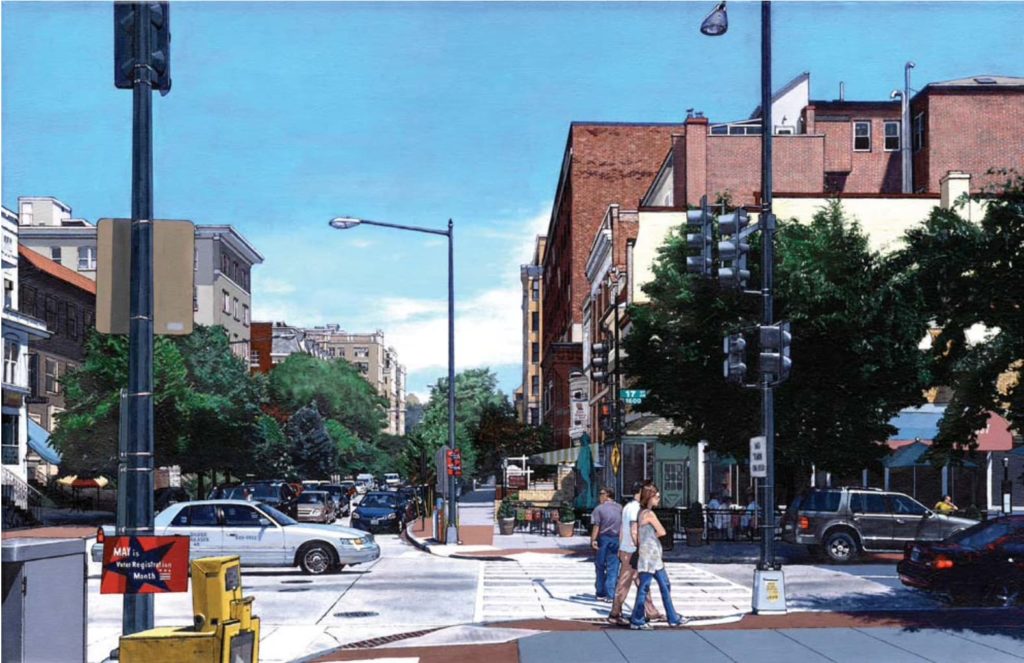
Cold War Practicality
During Moreton’s high school years, the Cold War had a strong influence on the accepted curriculum. The sciences and math were promoted as a way to defeat the Russians. And art classes were relegated to the arena of an easy grade. The pull of art for Moreton was still strong in college. But living in the rural Midwest, he had no exposure to the art world or an understanding of how he could make a living as an artist.
Beginning as an architecture student, Moreton completed his art training with a degree in industrial design. This curriculum helped him develop his perspective skills and fine-tune his compositional skills. The artist reflects, “Some of the classes did make me realize that I’d always had an innate talent for composition in art, but I had never heard the term ‘composition’ applied to art, nor had I heard it discussed and analyzed.” He continues by saying, “Today composition is the most important focus in my work.”

While studying architecture, Moreton’s art instructor called him out on his artistic abilities. “He recognized my talent and kept urging me to major in painting rather than architecture,” Morton recalls. “Although his words left me more conflicted than ever, they also reassured me.”
The artist’s appreciation for such support has remained steadfast.
“Over the years I have noticed the importance of encouragement by instructors. Such support for artists is rare in our society, and obstacles are many, with the fine arts being considered superfluous.”
Glenn Moreton
Perspective Fundamentals
In addition to expanding Moreton’s artistic perception, his academic instruction imparted technical skills he uses today. “Perhaps the most important was my high school architectural drafting class. It taught me basic drafting skills I use when laying out initial drawings of the scenes I am painting. That class gave me an understanding of perspective fundamentals. My college architecture coursework gave me a basic understanding of building components, and my industrial design classes that required illustrations of my designs taught me rendering techniques and tricks that I employ today.”
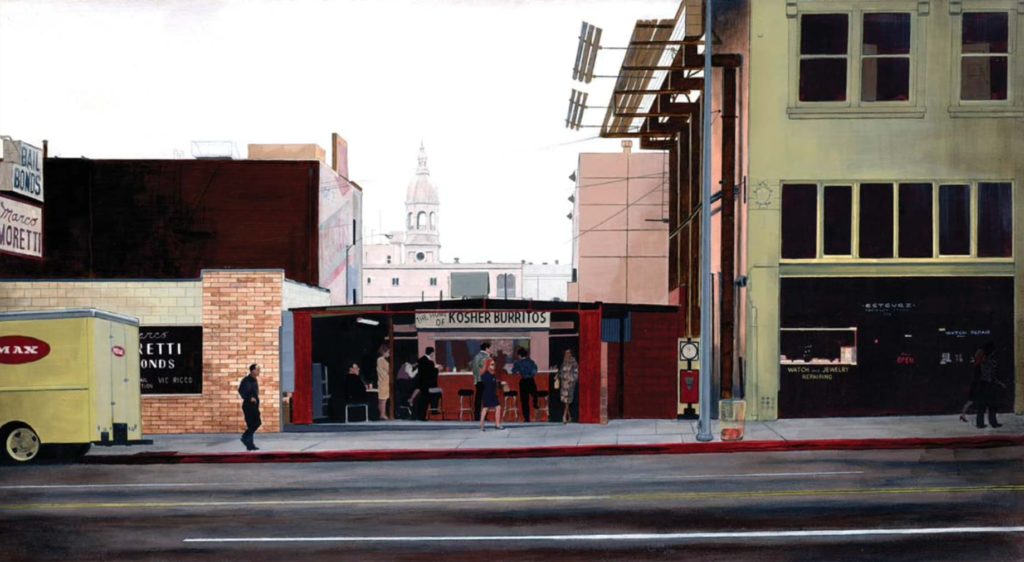
With Fresh Eyes
“I have no idea how or why it happened,” confesses Moreton about becoming a fine artist. Like many, his career and other obligations devoured his time. He knew he wanted to create art, but for years it seemed an impossibility until one day, while driving through the city, he saw how his view of shapes and arrangements continually changed.
What’s the best way to improve your skills with composition? Take a workshop! Check out the many offerings at Art Fest to take advantage of this unique opportunity to boost your skills quickly.

“I began noticing interesting compositions,” says Moreton. “I saw arrangements of telephone poles, buildings, and power lines that normally would be considered uninteresting, yet they grabbed my attention as my mind’s eye automatically began visualizing them in satisfying compositions. It almost seemed as if I had tapped into something beyond my finite self.”
Having created only a few paintings up to this point, he was astounded by his first cityscape. He says, “My painting showed a facility and skill that I had never had before. It was as if during my dormant years away from painting, my brain had been developing a new artistic awareness and visualizing new technical skills, so that by the time I was ready to try painting again, I was able to do it better than I could have imagined.” Several years later Moreton began painting professionally. To this day he says he’s still a bit puzzled by how it all evolved.

Quick Studies
Moreton’s transition to fine art painting occurred somewhat in a bubble; he was unaware of other artists painting in the same genre — that is, photorealistic cityscapes — until a close friend brought up the name Richard Estes in conversation. “My friend looked at me with an expression of incredulity when I asked him who Richard Estes was,” Moreton confesses.
Today Moreton is apt to make trips to a museum as a way to study his craft. “I find that quick reviews of masterworks are still incredibly important to me as an artist,” Moreton shares. “The museum visits help me see and develop techniques that I am missing due to my lack of formal training.” His quick lessons at the museum came in handy when he ventured from his cityscapes to paint more pastoral scenes. “As I attempted to paint grass, I produced a green, smeared mess.” After spending time studying artwork at the National Gallery of Art, he was able to satisfactorily depict grass in his work.

Composition First
Moreton doesn’t paint typical postcard views of cities. Instead, he picks scenes that will yield an exciting composition. “I love to see how the spatial elements are arranged and balanced. And I love the visual rhythms that are created by repetition of shapes or by juxtaposing contrasting shapes. I try to look at scenes with objectivity,” he explains. As a result, the artist usually finds it easier to paint cities he visits — cities that he can view with a cool, objective eye — rather than his familiar hometown of Washington, D.C.
Wherever he paints, he tries to steer clear of obvious landmarks and familiar scenes. He also tries to avoid an overemphasis on “picture postcard” prettiness, or similarly, on squalor and heavy-handed social commentary. Instead, he chooses to paint a mixture of urban elements that give the viewer a chance to experience the mood of that specific locale in an everyday way — he wants the viewer to see the city through the eyes of its residents.
First and foremost, the artist is creating a study in composition. He wants his work to move beyond the traditional appeal of photorealism that makes viewers delight in the sharp lines and elicits the “it looks just like a photo” response. According to Moreton, “Some photorealism presents little else in the painting than keen technical skill. Sometimes the paintings seem rather trite or even cold.” He continues by clarifying, “I am not unlike those photorealists in my desire to create a sharp, detailed, almost photographic image. Yet, I also aim to create a mood that is interesting, generic, inviting and perhaps even warm.”

The Artist’s Process
The canvas will receive a lot of work over the one-to-three months it takes to complete a painting, so to prevent the surface from stretching, the artist devised a way to reinforce the canvas by placing a shallow plywood platform underneath. This protects the integrity of the canvas by creating a rigid surface on which to work.
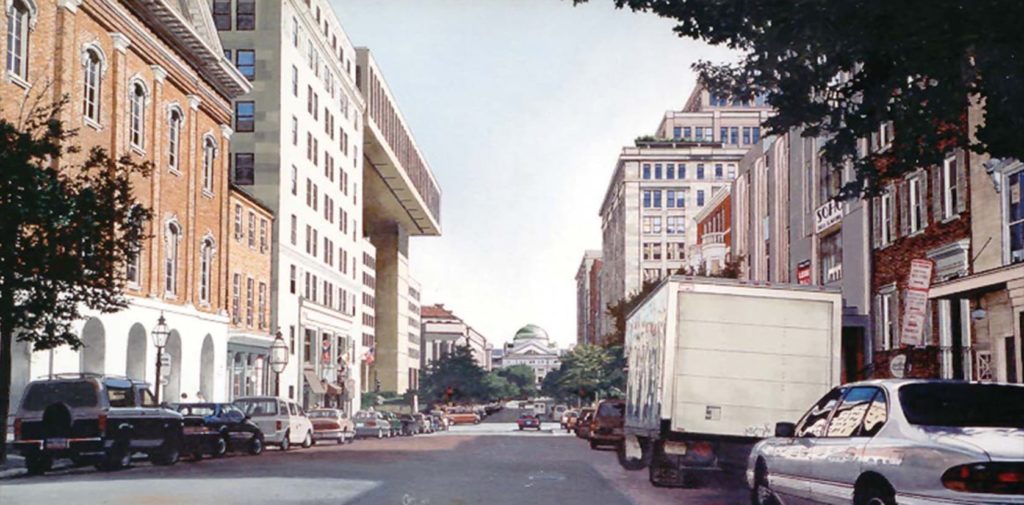
The Color Palette
Moreton starts with a series of photographs he has taken of the site he intends to paint, and with keen accuracy, he will eventually replicate the scene on the canvas, selectively manipulating the distortion of the buildings to pull the viewer into the painting. But first he will create a general composition for the painting and develop the color palette. Once he has selected the colors, he tests them by applying them to a different canvas to see how they will respond to each other.
After he’s satisfied with the final colors, he records his blending ratios for each color for future reference. Then, once he’s covered the canvas with gesso, Moreton paints the entire surface with either the color he will use for the sky or the painting’s predominant color.
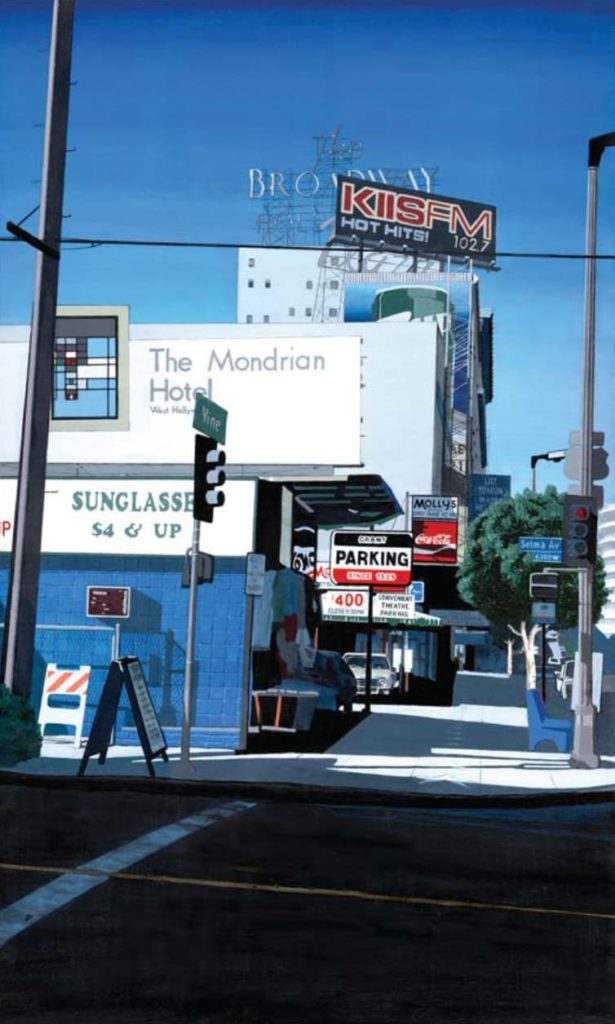
The Drawing
He begins by drawing on the primed and painted canvas, often using a projector to first provide a rough outline of the scene. Next, he adds details to the drawing, and only then does he begin the painting process. In general, he paints areas in the background first and then he moves gradually to the foreground but there are exceptions to this approach. Moreton says, “I also like to paint a number of areas of the work simultaneously so that I can get an idea of how the color relationships will affect the composition. As I paint, I will change and adjust the original sketch in order to better meet the needs of the composition.”
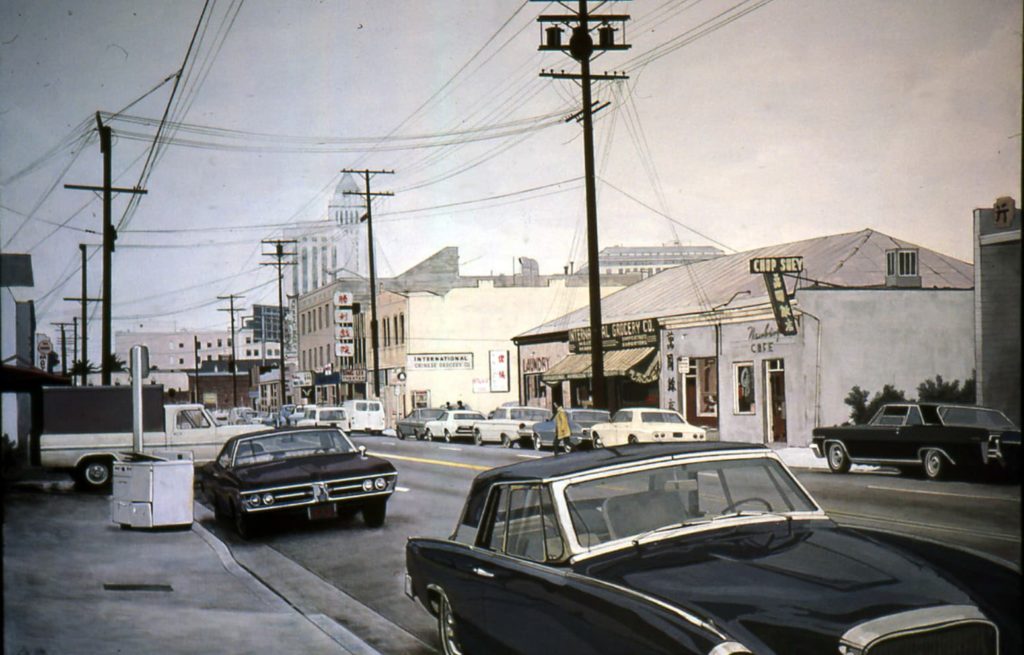
The Edits
Seldom are imagined elements added to the painting, but it’s not uncommon for the artist to edit out parts of a scene from the final composition. The reasoning behind such edits is always the same — to strengthen the composition or provide visual clarification to an area that otherwise might be confusing.
To achieve sharp, crisp lines, Moreton reaches for his Staedtler Lumocolor pens or Koh-I-Noor Rapidograph pens with acrylic inks to outline the buildings — treating the outer edges of buildings more strongly than the inner edges. “In making the lines, I often use inks that are a complementary color to the object I’m delineating,” Moreton details. “This makes the objects visually pop.”
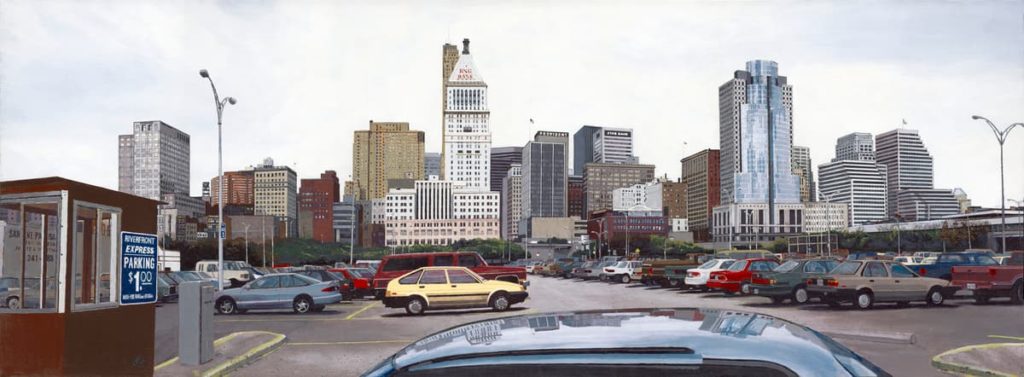
The Effects
When it comes to brushes, he is not particular about brands but is loyal to types. For detail work, of which there is plenty, Moreton prefers fine liner and spotter brushes. The brushes he uses most frequently are small angled-tip brushes that enable him to transition easily from a small space to a larger area in one stroke.
Light and the shadows cast by the building and other objects are critical to a realistic depiction of a cityscape. Successfully painting shadows requires seeing and rendering both the soft- and the hard-edge shadows. “I achieve my fading effect by using glazes and by scrubbing the paint onto the surface,” he says.
Over the years Moreton has mastered his technique for painting skies. Where much of his work requires meticulous detail, in the sky area he’s freer with his paint; smearing, scumbling and applying it any way he can to get the look he desires.
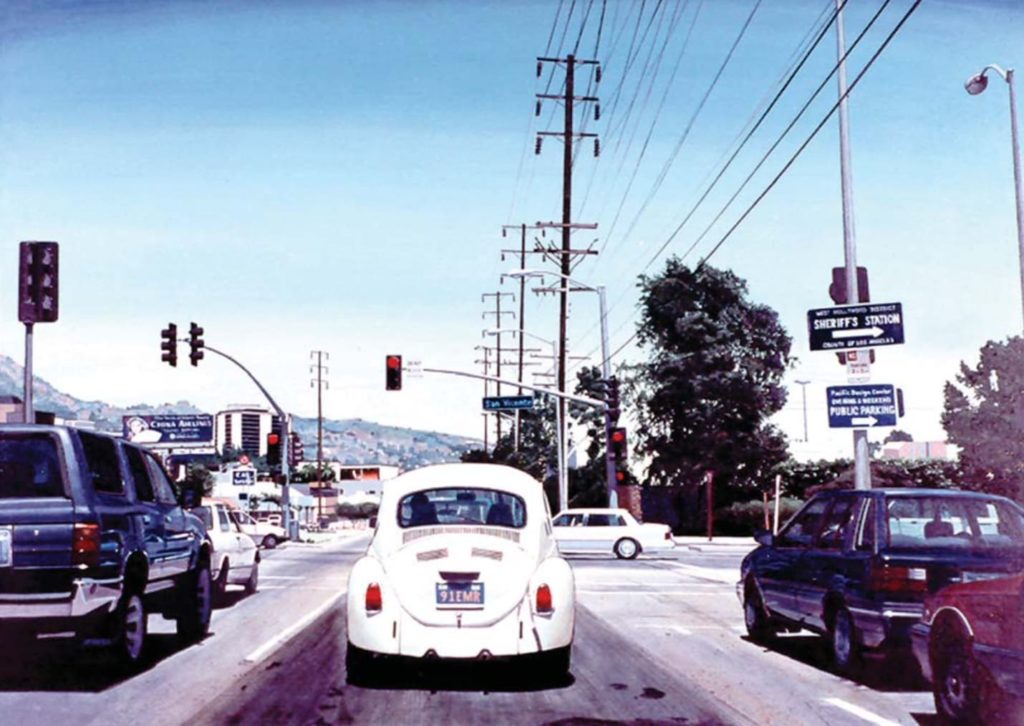
Future Endeavors
These days, Moreton is spending more time in the Midwest, away from the large cities he’s so accustomed to painting. Whether or not he will start painting views of smaller towns is still up in the air. “It’ll really come down to composition in art — if I find a composition in a smaller town that really grabs my attention I’ll paint it,” Moreton admits.
Learn more about Glenn Moreton and see more of his work at glennmoreton.artspan.com.
You may also like:
- Painting Composition Tips for Beginners | How To Create Bolder Paintings
- A Lesson in Composition to Help You Paint Like Degas
- Art Composition: The Expression of Light and Dark Values
This article was originally posted in December 2020. Updated 2023
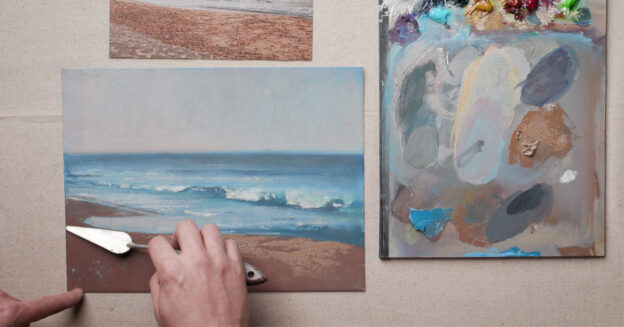
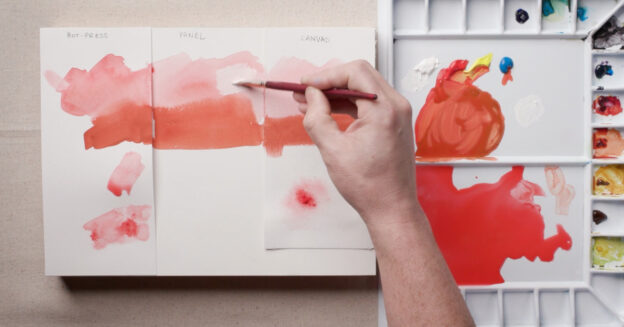
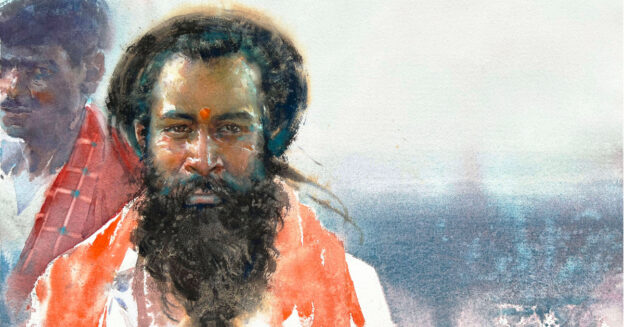
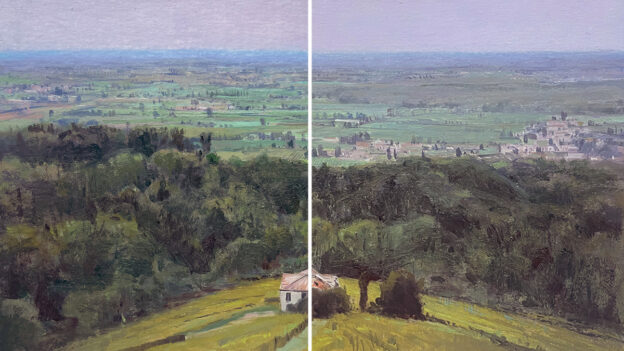
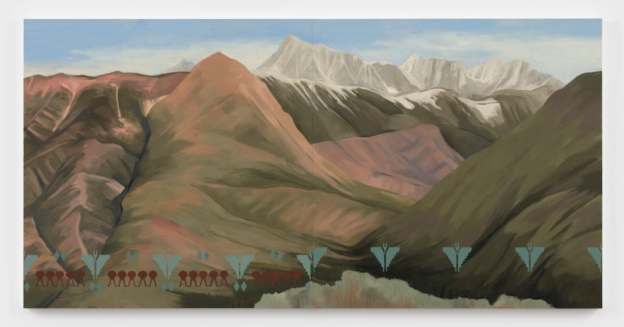

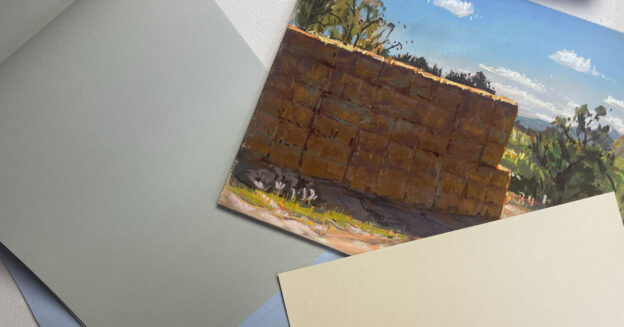
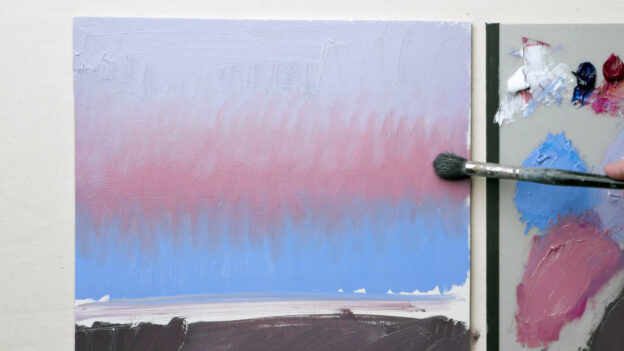
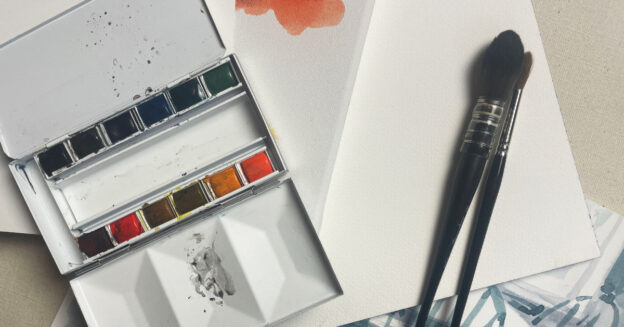
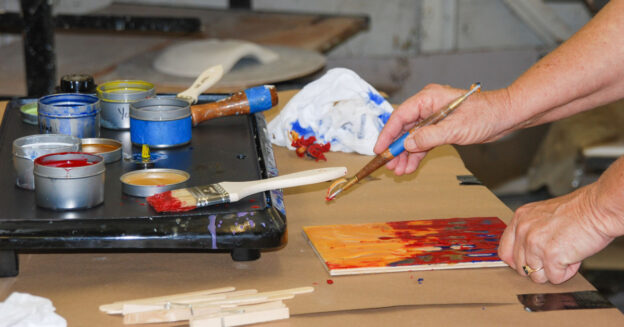
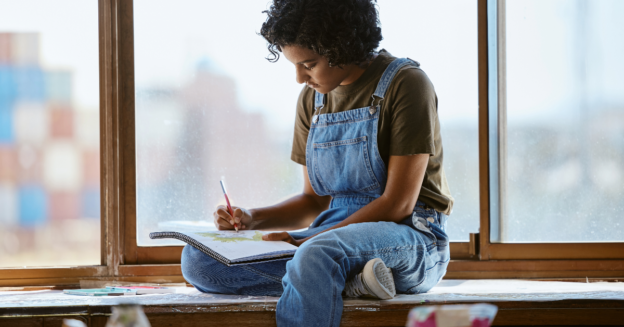

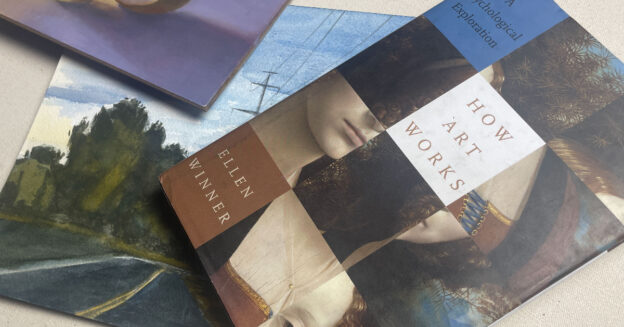



Join the Conversation!